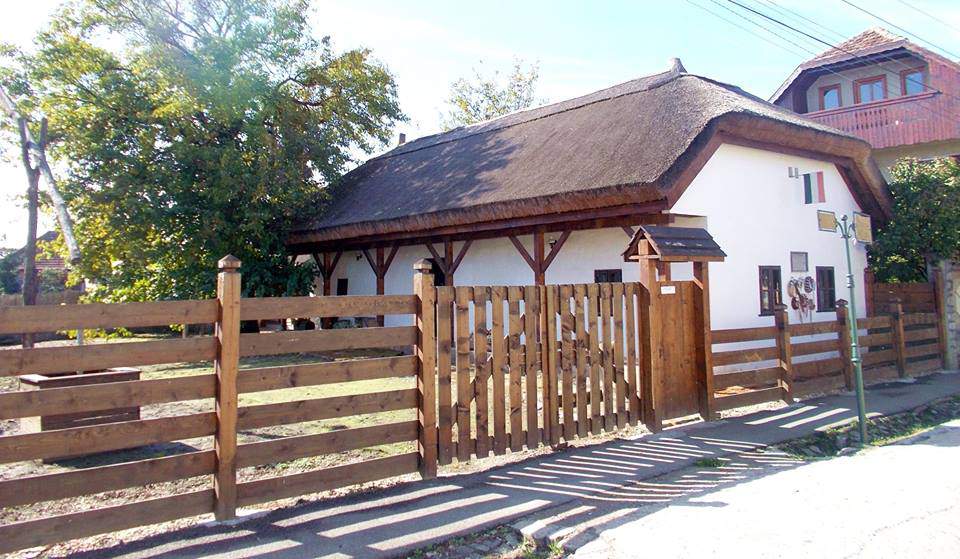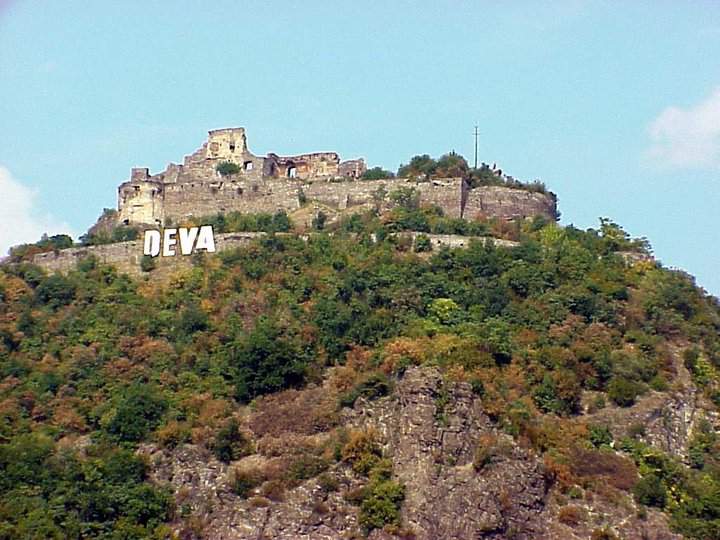Places to visit in Western Transylvania

Are you interested in learning more about Transylvania, about historical and cultural attractions just east of the Hungarian border? I am going to show you a few places in the western part of Transylvania that have a strong connection to the Hungarian nation.
1. Nagyszalonta
If you are interested in Hungarian culture, literature and history, visit Nagyszalonta (in Romanian Salonta), the birthplace of the greatest Hungarian poet, János Arany. His most famous literary work is the Toldi epic poem trilogy, that is available in English translation here.
When you find yourself in this small town, near the Hungarian border, do not forget to visit the most popular attraction: the Csonka tower. “Csonka” in Hungarian means incomplete or broken, and refers to the fact that not long after the watch-tower was built to help defend against the Turkish attacks of the 17th century, it burned down, and for almost 250 years the tower had no roof.
Today the tower houses a memorial museum. A few years after the death of János Arany, his son, László, donated to the city a significant part of his father’s objects. This collection was used to set up an exhibition. Later the János Arany Cultural Society purchased the Csonka tower and with the support of László Arany, they renovated it (the front door, decorated with the poet’s statue, was built only later, in 1907). The latest renovation was finished this year, the museum is now open to visitors all year long, Tuesday to Sunday from 10 am to 4 pm.
Another building with historical significance is the house of János Arany. Unfortunately, the original house had to be reconstructed by the local authority, but the well in the courtyard had existed in the poet’s time, before the collapse of the house. A memorial plaque announces that on this place stood Arany’s birthplace. The building and the ethnographical exhibition was inaugurated in 2010, and it can give us a glimpse into the life of townsmen who lived in Nagyszalonta in the turn of the 19-20th centuries.

2. Deva

The city of Deva is dominated by the Citadel Hill, a protected nature reserve, on top of which are the ruins of the fortress built in the 13th century. The fortress was in use between 1269 and 1848, owned by several of the highest-ranking officials in Transylvania, called voivodes (meaning war-lord) like János Hunyadi and János Szapolyai, or princes like István Bocskai and Gábor Bethlen.
If you feel up for a hike, you can visit the Citadel by climbing the hill. Another option is using the cable car that covers a distance of 160 meters. It can transport up to 16 people at a time.
Besides its historical importance, the Fortress of Deva is also central to the Hungarian ballad about the walled-up wife: legend says that during the construction of the fortress, the walls kept coming down until the masons decided it must be the work of a curse. The head mason learned that they needed to make a sacrifice in order to finish the fortress, and so they built his wife into the wall. Some of these old walls are still standing amidst the ruins.
4. Vajdahunyad
Not far from Deva there is another city with a must-see castle: Vajdahunyad. Have you heard of the Vajdahunyad Castle in Budapest? Well, that was constructed in the image of some Transylvanian castles, most notably this one.

Most experts say that the castle was originally built in the 14th century. It is an imposing structure with towers, bastions, an inner courtyard and countless windows and balconies. Some of the towers were used as prisons. The most famous prisoner of this fortress was undeniably Vlad the Impaler, voivode of Wallachia and the inspiration for Dracula.
3. Arad
If you are passionate about history or if you like visiting statues and monuments, Arad is the perfect place for you. It was not always easy to have Hungarian monuments in a city that is now part of Romania, but it seems that now we are at a point when Hungarian and Romanian monuments can exist peacefully beside each other.
The Thirteen Martyrs of Arad (in Hungarian: Aradi vértanúk) were the thirteen Hungarian rebel generals who were executed by the Austrian Empire on 6 October 1849 in this city, which was then part of the Kingdom of Hungary. The execution was ordered by the Austrian general Julius Jacob von Haynau. One of the public squares in Arad contains a martyrs’ monument, erected in the memory of the generals. It consists of a colossal figure of Hungary, with four allegorical groups, and medallions of the executed generals.
Close to the monument is the Arad fortress, that is currently hosting a mixed Romanian-Hungarian joint peacekeeping battalion. Visitors are only allowed on special occasions.
Arad Fortress. Photo by FlorinCB – Own work, CC BY-SA 3.0, https://commons.wikimedia.org/w/index.php?curid=15898728Did you know that there is a Hungarian Statue of Liberty in Arad?

There is a monument park in Arad that is called the Reconciliation park (in Hungarian: Megbékélés park). It contains two notable statues: in the centre, there is the Liberty Monument, which was erected in 1890 to honour the 13 martyrs executed after the 1849 Hungarian uprising. Nearby, an even more impressive Triumphal Arch was built in 2004 to remember the Romanian fighters killed in the same rebellion.
Featured image: facebook.com/pg/nagyszalonta. Photo: Balázs Borsi
Source: Daily News Hungary





